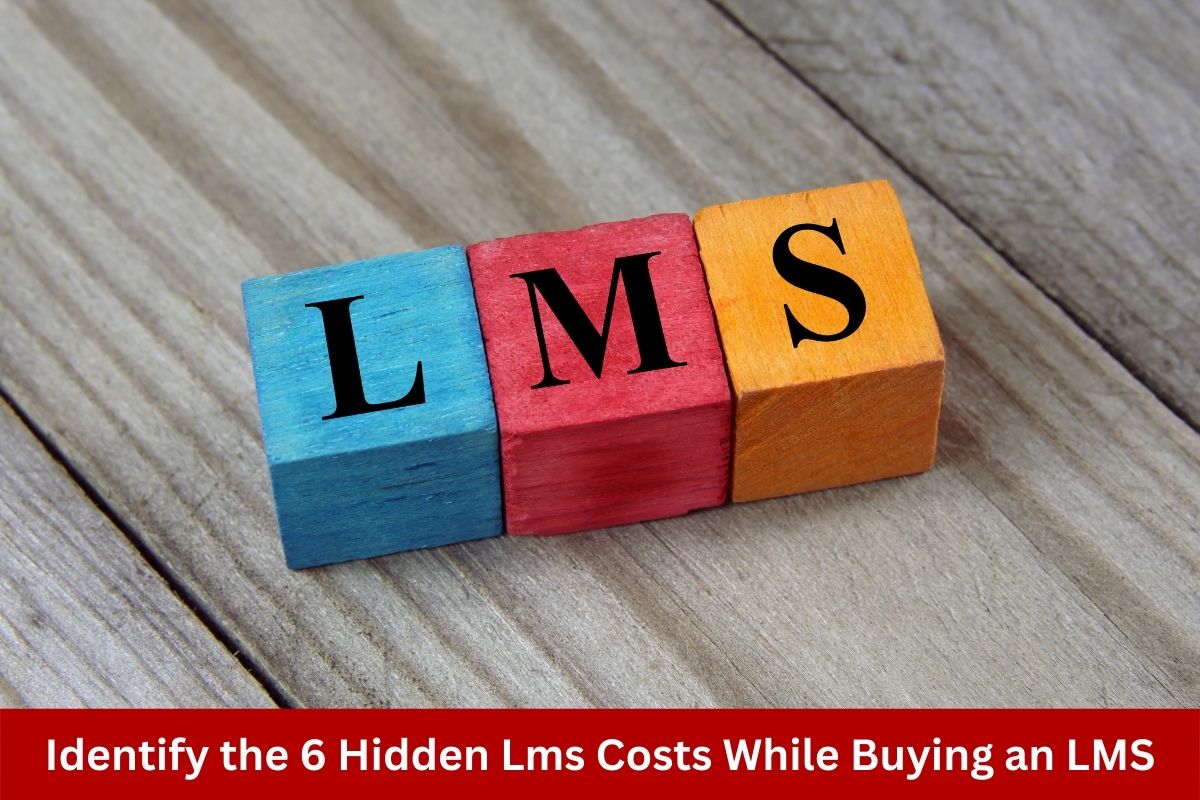A well-planned budget is key to a successful LMS. You can save money without sacrificing quality by using this method to deploy individualized online training content. However, narrowing down your list of required LMS features, hosting providers, and license alternatives can take some time. A crucial question to ask yourself is whether or not your company has the financial resources to transition to online training. Do you know all the costs associated with the LMS or LMS apps? By being aware of these 5 LMS costs, you may select the most suitable platform for your online training demands and financial constraints.
Licensing:
The most common LMS price models are subscription and license contracts. The latter requires a financial investment for limited LMS access over a set period. The annual renewal of your license is only one example. Your options at the end of your contract term are either switching to a different LMS system or paying the renewal charge. Again, it is crucial to inquire with the LMS provider about the scope of the license.
Expenses Related to Maintainance and Improvements:
A Learning Management System may be an essential investment depending on your company’s goals. If you want your human resources, sales, development, etc., logins to work with the online training system, that’s something to consider. You should discuss the compatibility and additional costs with your vendor if you need such integration. It’s also essential to find out if they have worked with other companies to integrate their products successfully. This could be useful for foreseeing any difficulties and costs associated with integration on your end.
There may be charges associated with upgrading the system later, so it’s essential to determine how much that could be. If the price tag is too much, you may always see if your in-house IT department can manage the necessary upkeep and upgrades. If you do this, you can reduce the monthly expenses associated with maintaining your LMS. Prices for maintenance and upgrades can be paid in fixed monthly or yearly installments or on a per-task, per-occurrence basis. To minimize unpleasant shocks, asking as many questions as possible is important.
Set up cost:
The price tag shifts based on the selected LMS purchased modules and other features. This can be a flat rate, recurring monthly or annual charge, or some combination of those depending on the LMS provider. Please confirm this fee with the LMS provider if it is a regular charge, as it may be confused with the licensing fee if it is not made clear. Don’t forget that some forms of assistance are extras, like email or phone support. The LMS provider may charge you more money if you opt to use these features.
Internal Team Training:
LMS platforms would have plug-and-play capabilities in an ideal world. To get started creating useful online training courses, you would download the software or join the system. A certain amount of training is typically required, though. Your team must know the tool’s essential features to maximize your investment. You have to make money, as the phrase goes before you can spend it.
You must deliver training in this case to deploy training. Making online tutorials and walkthroughs for training may be necessary, or you may even have to pay the LMS vendor to bring out a skilled technician who can shorten the learning curve. The complexity of the LMS platform and the level of experience of your staff are two major determining factors.
Subject-Matter Experts:
It is important to note that even if you switch to cloud-based online training, you will still require a team of people to manage the various components of the Learning Management System. An IT expert, a Learning Management System (LMS) administrator, and an Instructional Designer will be the most crucial components of the team.
You require online training materials to provide for your workers’ needs. You can meet the rising demand for online training modules by staffing Subject Matter Specialists and eLearning developers. If you don’t want to train employees in-house, you may inquire about online training courses from the LMS provider. Since the cost of each online training course is distinct, it is essential to include that sum when calculating the entire cost of online training.
Additional Modules:
This subject could be complicated. Understanding the modules and their respective pricing may be challenging, especially if you lack technical knowledge. The most crucial add-on modules for your learning management system could have a separate fee and not be part of the base module’s base pricing. The report is among the essential things users of such online learning platforms ask for.
Most suppliers start with the bare minimum and charge extra for customized or in-depth reporting modules. The report structure must therefore be carefully examined before you buy the LMS platform. Depending on your business, more add-on modules can be necessary.
Conclusion
Sometimes, LMS providers may not provide certain functions or services in their products. Hidden costs associated with each LMS choice should be documented. Then, compare the benefits and drawbacks of every LMS candidate. With everything in one location, a Learning Management System’s hefty price tag can be justified. Similarly, a more fundamental LMS may be adequate if your company has minimal needs for additional services and features.



